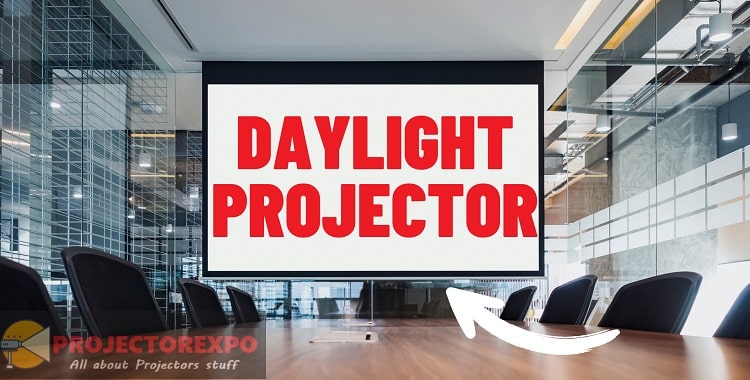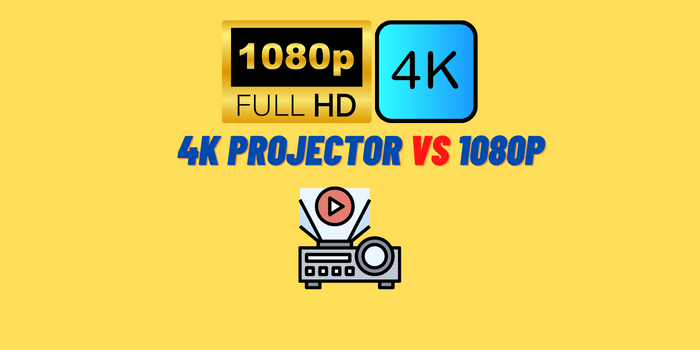When you’re looking for a way to make your home entertainment center even more awesome, a movie projector is a perfect option.
Not only do they give you a huge screen to watch your favorite films on, but projectors also open up a world of possibilities for gaming and other activities.
If you are in a hurry, the average price of a video projector for home is $300-$1,500.
So how much is a movie projector? And what are some things to keep in mind when shopping for one? Keep reading for answers to all of those questions and more!
- The Different Types of Projectors Commonly Used in Theaters
- How Much is a Movie Projector? A Comprehensive Guide to Buying Your Own
- Projector Resolution
- Projection Size and Distance
- Screens for Movie Projector
- Projection Lens
- Brightness
- Contrast Ratio
- Inputs and Outputs
The Different Types of Projectors Commonly Used in Theaters
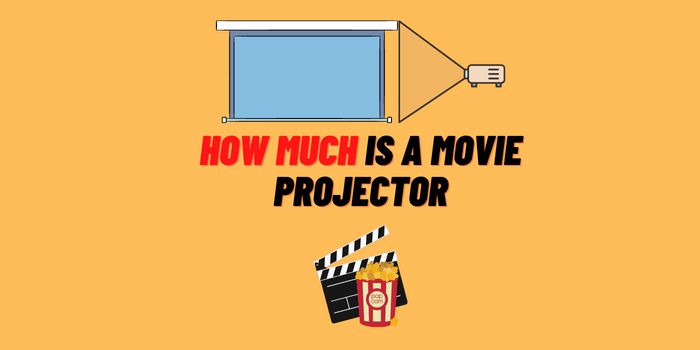
Three main types of projectors are used in movie theaters: DLP, LCD, and LED.
- DLP (Digital Light Processing) projectors use a chip with thousands of tiny mirrors to reflect light through a color wheel and onto the screen. This type of projector is known for creating images with great contrast and saturated colors.
- LCD (Liquid Crystal Display) projectors work by passing light through three glass panels that have been coated with polarized film. This type of projector usually produces images that are brighter than those from a DLP projector.
- LED (Light Emitting Diode) projectors use, you guessed it, LEDs to create an image. These projectors often have a longer lifespan than other types and use less energy.
How Much is a Movie Video Projector?
The average price for a movie theater projector for home use is around $400-1500. You can purchase one to use in your home as well and the costs will vary depending on what features are most important or whether you need something portable enough so it won’t take up too much space when traveling with friends who don’t always know about these things beforehand. For around 2k-$3K though you’ll be getting an excellent quality device!
Below I will list the technical characteristics that you should pay attention to when choosing a projector. You already know about the types of projectors, so read on and expand your knowledge.
Projector Resolution
The higher the resolution, such as 4K or Ultra HD. However, it’s important to note not all projectors with high resolutions are created equal for professional use in cinema! Setting where black levels should be carefully considered since they may cause depth perception issues when viewing an object from far away instead of up-close like what you would see on screen during your average movie session!
Projection Size and Distance
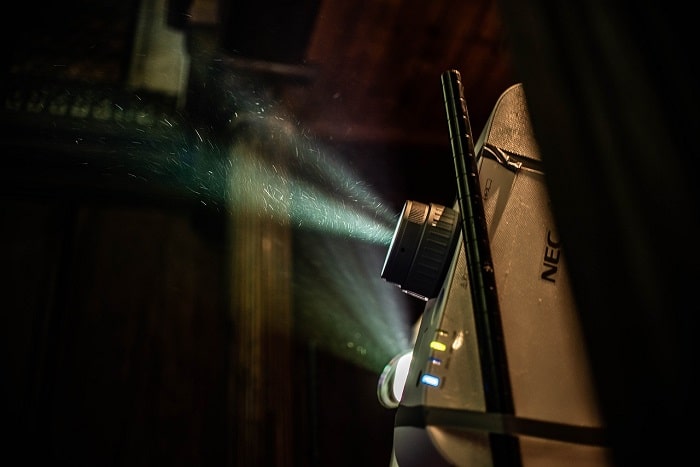
The size of your screen will depend on several factors, including the projection distance from projector to surface and other related aspects like ambient light. In order for it to be visible without being too bright or dark according to some people’s eyesight needs when they’re looking at screens all day long so keep this in mind before choosing what kind you need!
The size of an image is determined by the distance between projector and screen. The larger this separation, the smaller your viewing area will be; while with shorter distances you can get up close without any loss in quality or detail whatsoever! To avoid blurry images, make sure that no matter what size projectors are being used they’re at least 120 inches away from their target surfaces (the recommended maximum).
Screens for Movie Projector
A movie projector is only as good as the screen it’s projecting onto. If you want to get the most out of your projector, make sure to invest in a high-quality screen. There are a few different types of screens you can choose from:
- Fixed frame screens: These screens come with a frame that goes around the edges of the screen. This is a great option if you want a clean, professional look for your home theater.
- Motorized screens: These screens can be raised and lowered with the push of a button. This is a great option if you have limited space or if you want to be able to put your projector away when it’s not in use.
- Portable screens: These screens are great if you want to be able to take your projector with you when you travel. They’re usually smaller than other types of screens and can be set up quickly and easily.
Projection Lens
The projection lens is one of the most important parts of a projector. It’s responsible for focusing the light and creating a clear image. There are a few things you should keep in mind when choosing a projection lens:
- Focal length: This is the distance between the center of the lens and the point where the light is focused. The focal length will determine how large or small the image will be.
- Aperture: The aperture is the opening in the lens that allows light to pass through. The size of the aperture will determine how much light is let in and how bright the image will be.
- Throw ratio: The throw ratio is the relationship between the distance from the projector to the screen and the width of the image. A projector with a low throw ratio will require a shorter distance to create a large image.
Brightness
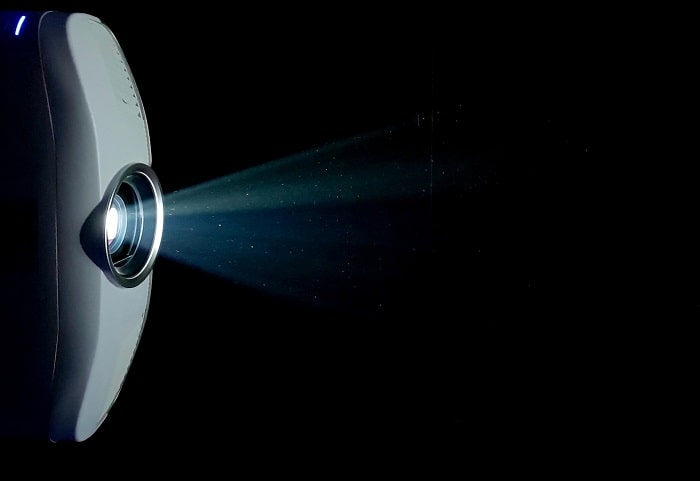
The brightness of a projector is measured in lumens. The higher the lumens, the brighter the projector will be. If you’re using your projector in a room with a lot of light, you’ll want to choose a projector with a high lumen rating.
Contrast Ratio
The contrast ratio is the difference between the darkest black and the brightest white that the projector can create. A high contrast ratio will create an image that is more lifelike and realistic.
Inputs and Outputs
When choosing a projector, you’ll need to make sure that it has the right inputs and outputs for your needs. HDMI is the most common input used for projectors. If you’re using an older device, you may need to use an adapter to connect it to the projector.
Conclusion
Now that you know a little bit more about how much a movie projector, as well as the different types and features available, you’ll be able to choose the perfect projector for your home theater. Be sure to shop around and compare prices before making your final decision. With so many options on the market, you’re sure to find the perfect projector for your needs and budget.


